 Between the late ’60s and early ’80s, design house Hipgnosis created some of the most iconic and ubiquitous album artwork of all time. Their original lifespan coincided with the golden age of the 12-inch LP, beginning just as the Beatles’ Sgt Pepper made the record sleeve the ultimate blank canvas and ending just as new technology looked set to usurp vinyl.
Between the late ’60s and early ’80s, design house Hipgnosis created some of the most iconic and ubiquitous album artwork of all time. Their original lifespan coincided with the golden age of the 12-inch LP, beginning just as the Beatles’ Sgt Pepper made the record sleeve the ultimate blank canvas and ending just as new technology looked set to usurp vinyl.
Having originally been approached to design an album cover for their friends Pink Floyd, students Aubrey ‘Po’ Powell and Storm Thorgerson would go on to define the visual identity of rock and roll for the next fifteen years, swiftly gaining international prominence for their famed The Dark Side of the Moon artwork. This paved the way for other major musicians to set foot in the surreal photo-design world of Storm and Po, resulting in seminal Hipgnosis creations for the likes of Led Zeppelin, Paul McCartney, Genesis, Black Sabbath, ELO and Yes.
In this authorised account, with access to previously unpublished material and exclusive contributions from David Gilmour, Jimmy Page, Peter Gabriel, Roger Waters, Robert Plant and even Aubrey Powell himself, Mark Blake goes behind the scenes of the Hipgnosis partnership to reveal the pioneering ambition and grand vision that led to their success, as well as the clashing egos and artistic differences that undermined it. The Hipgnosis story also offers hitherto-untold insight into some of music’s most legendary bands, as viewed through the prism of the people who shaped their imagery and cultural legacy.
With the work of Hipgnosis continuing to be referenced, reproduced and revered worldwide, Us and Them serves as a celebration, a cautionary tale and a compelling human drama, exploring the vital intersection between art and music.
Scheduled for release on the 2nd February by Nine Eight Books, Pre-orders can be made over at Resident Music with limited signed copies by Clicking Here
 We are very saddened to share the news that Jeff Beck has passed away at age 78.
We are very saddened to share the news that Jeff Beck has passed away at age 78. 
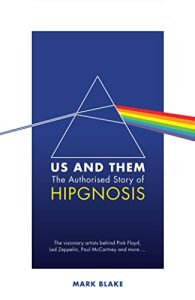 Between the late ’60s and early ’80s, design house Hipgnosis created some of the most iconic and ubiquitous album artwork of all time. Their original lifespan coincided with the golden age of the 12-inch LP, beginning just as the Beatles’
Between the late ’60s and early ’80s, design house Hipgnosis created some of the most iconic and ubiquitous album artwork of all time. Their original lifespan coincided with the golden age of the 12-inch LP, beginning just as the Beatles’ 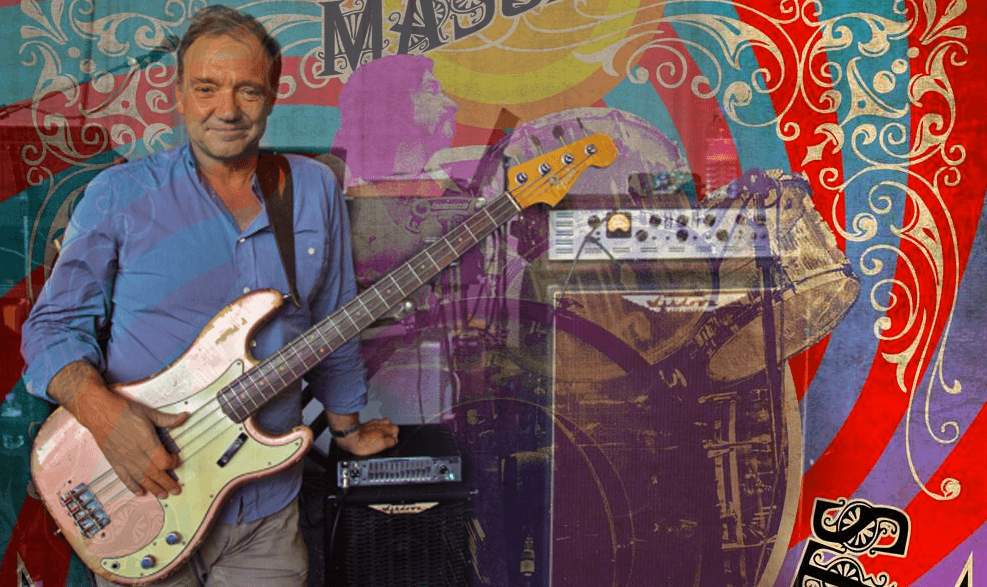
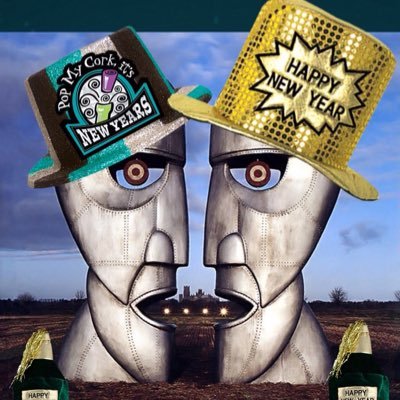
 From all of us here at AFG we extend our best wishes to Dick Parry on his 80th birthday !!
From all of us here at AFG we extend our best wishes to Dick Parry on his 80th birthday !!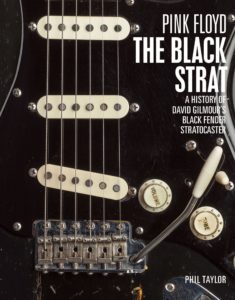
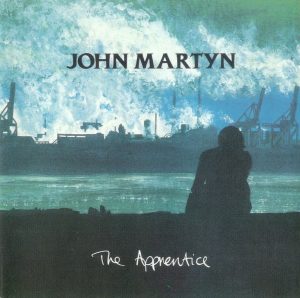 An expanded four disc edition of the 1990 album ‘The Apprentice’ by late John Martyn.
An expanded four disc edition of the 1990 album ‘The Apprentice’ by late John Martyn. 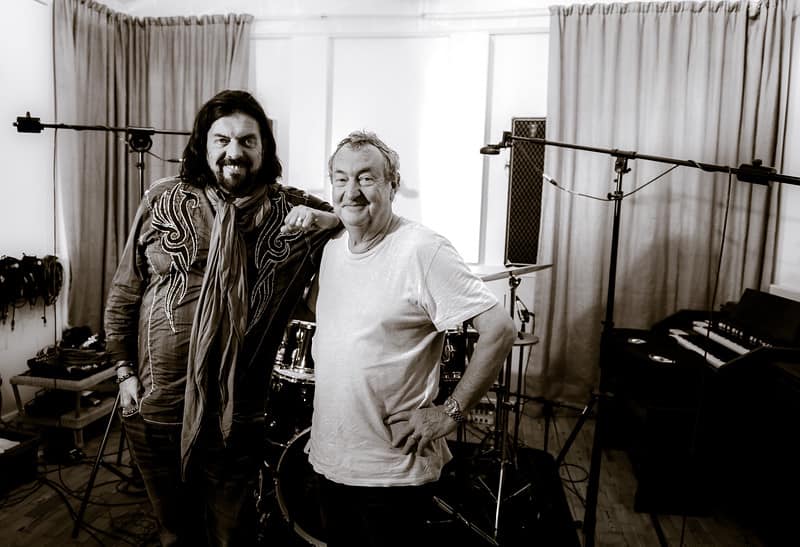 From all of at AFG we wish to send best wishes to Alan Parsons on his 74th Birthday.
From all of at AFG we wish to send best wishes to Alan Parsons on his 74th Birthday.